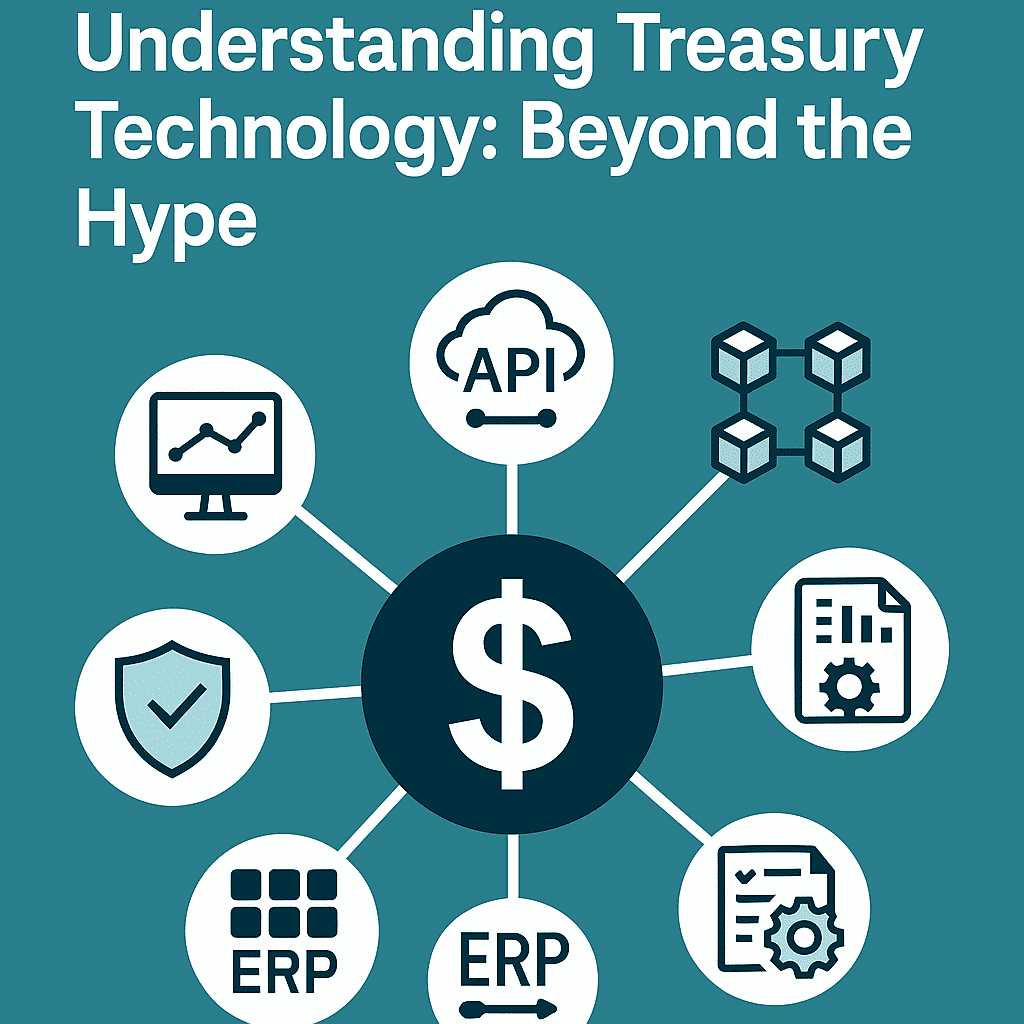The future of FX risk management lies in integrating cutting-edge technologies, adapting to regulatory changes, and aligning strategies with sustainability goals. This chapter explores upcoming trends shaping the evolution of FX management.
- The Role of ESG in FX Risk Management
Green Currency Hedging
Develop derivatives linked to sustainability metrics.
Example: Use green FX forwards tied to carbon offset projects.
ESG-Linked Reporting
Enhance transparency by incorporating ESG metrics into FX risk disclosures.
- Real-Time FX Risk Management
Always-On Monitoring
Enable 24/7 tracking of exposures and market changes.
Example: Adjust hedging strategies dynamically based on overnight rate movements.
Automated Execution
Use technology to execute trades automatically when predefined thresholds are met.
- Regulatory and Market Shifts
Central Bank Digital Currencies (CBDCs)
Prepare for CBDCs as they transform FX markets and cross-border payments.
Example: Hedge CBDC exposure alongside traditional currency risks.
Evolving Compliance Standards
Adapt to stricter reporting and documentation requirements for FX hedging.
Conclusion
The integration of FX risk management with broader treasury practices, combined with the adoption of emerging technologies, positions organizations to navigate currency volatility effectively. Future discussions will focus on case studies of successful implementations, roadmaps for technology adoption, and strategies for aligning FX risk management with long-term organizational goals.








Leave a Comment
You must be logged in to post a comment.